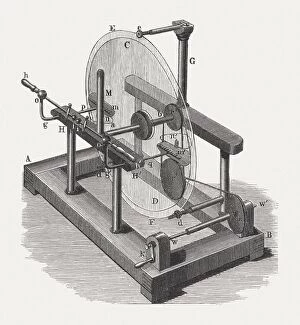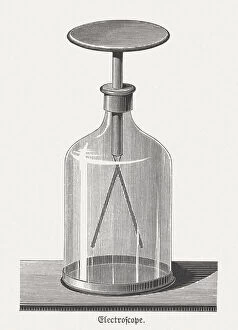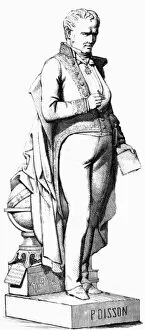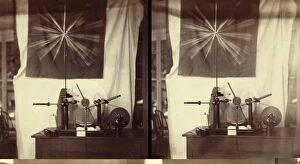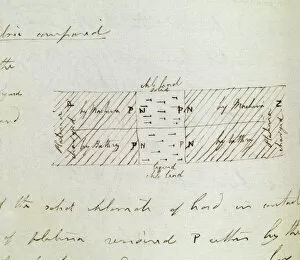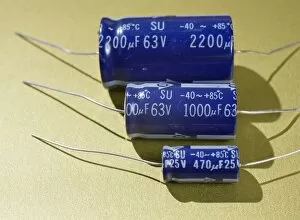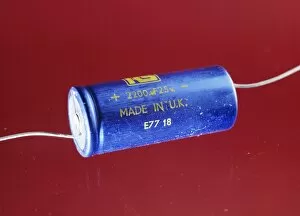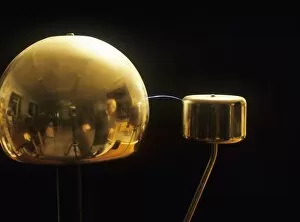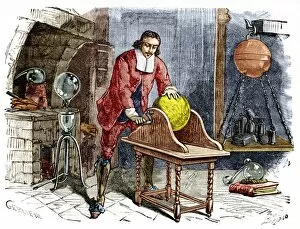Electrostatics Collection
Electrostatics, a branch of physics that explores the fascinating world of electric charges and their behavior
For sale as Licensed Images
Choose your image, Select your licence and Download the media
Electrostatics, a branch of physics that explores the fascinating world of electric charges and their behavior. This captivating field has been shaped by brilliant minds throughout history, such as Simeon-Denis Poisson, who made significant contributions to its development. In 1880, Wilhelm Holtz introduced an ingenious invention - the electrostatic generator. Illustrated in a wood engraving from that era, this device revolutionized the study of electricity and opened new doors for scientific exploration. Another remarkable creation was Bennet's gold leaf electroscope in 1787. Depicted in an enchanting wood engraving published in 1880, this instrument allowed scientists to detect and measure electric charges with incredible precision. The power is demonstrated through simple yet mesmerizing experiments. Imagine using an electrically charged plastic ruler to effortlessly pick up pieces of paper or witnessing a hand gracefully lifting papermen with an electrified balloon. These captivating demonstrations showcase the invisible forces at play. James Wimshurst's replica machine from the 1880s further exemplifies mankind's ingenuity when it comes to harnessing static electricity. The Wimshurst machine stands as a testament to human curiosity and our relentless pursuit of knowledge. Even everyday objects can become instruments for exploring electrostatics' wonders. A feather delicately lifted by an electrically charged piece of amber demonstrates how even nature itself can be harnessed for scientific discovery. The Holtz machine, depicted through steroegraphic images C014/0530, represents another milestone in electrostatics research during the late 19th century. Its intricate design allowed researchers to delve deeper into understanding electrical phenomena. Not limited solely to static charges, Faraday also made significant contributions regarding magnetism and its relationship with electricity in his work from 1854. His insights paved the way for future breakthroughs within both fields. An intriguing artifact from history is the 19th-century electrostatic drum machine.

